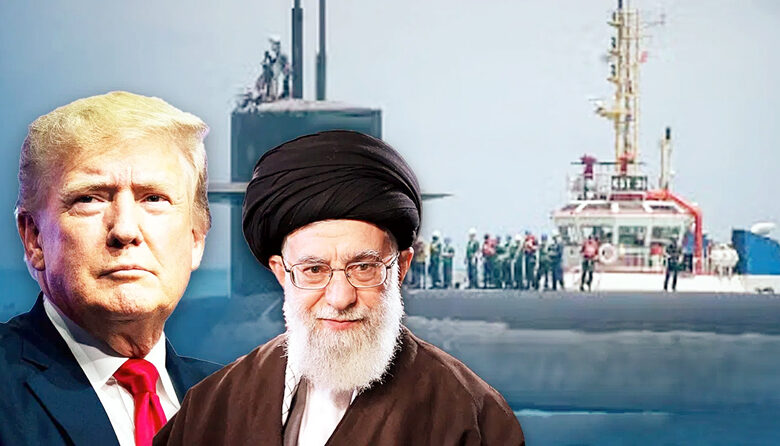Washington/ Tehran: For nearly half a century, the United States has imposed sweeping sanctions on Iran—targeting its oil trade, financial sector, and nuclear program. Yet, despite decades of economic and diplomatic pressure, Tehran has carved out a path of resilience and self-reliance that many analysts argue offers lessons for the wider world.
The US first sanctioned Iran in 1979 following the Tehran hostage crisis, freezing Iranian assets and banning oil imports. Over the years, sanctions intensified—during the 1980s and 1990s under the pretext of terrorism and nuclear concerns, in 1995 under President Bill Clinton with a blanket ban on trade, and again in the 2000s with broader restrictions supported by the UN and European allies.
Even after the 2015 nuclear deal (JCPOA) temporarily eased restrictions, President Donald Trump withdrew from the agreement in 2018 and reimposed tough measures, targeting Iran’s oil exports, banking, and shipping. More recently, in 2025, Washington introduced fresh sanctions on Iran’s oil networks, petrochemical industries, and research institutions, extending penalties even to foreign companies, including six Indian firms.
Resilience Despite Pressure
Despite these obstacles, Iran has achieved notable progress. According to available data, the country’s per capita income ranges from $3,900 to $4,500 annually, while its per capita GDP is estimated at nearly $20,000. Literacy rates have climbed to nearly 90%, with urban areas showing even higher educational attainment.
On the defense front, Iran has pushed for self-sufficiency by investing in indigenous military technology. Its capabilities in drones and UAVs have drawn global attention, and its performance in recent clashes with Israel was seen as evidence of a growing defense industry.

In addition, Iran has advanced in space technology, becoming one of only nine nations worldwide capable of independently manufacturing and launching satellites.
A Model of Self-Reliance?
Supporters argue that Iran’s achievements are rooted in education, nationalism, and a refusal to succumb to external pressure. By focusing on domestic innovation and rejecting overdependence on the US-led global order, Iran has managed to maintain its sovereignty and showcase the power of self-reliance.
While critics highlight the economic struggles faced by ordinary Iranians, proponents suggest that Tehran’s journey offers a model for nations seeking to resist external dominance.
In this light, Iran’s endurance—despite continued sanctions and geopolitical isolation—raises an important question: Can its resilience inspire other nations to chart independent courses in the face of global superpower pressure?





